Got the bars cut.
I used a hacksaw, oil, and a tape measure. I'm going to try to make this with basic tools that anyone will have access to. I haven't drill any holes yet.
The toe bars are 30"
The camber/caster bar is 25"
Other bars are scrap.
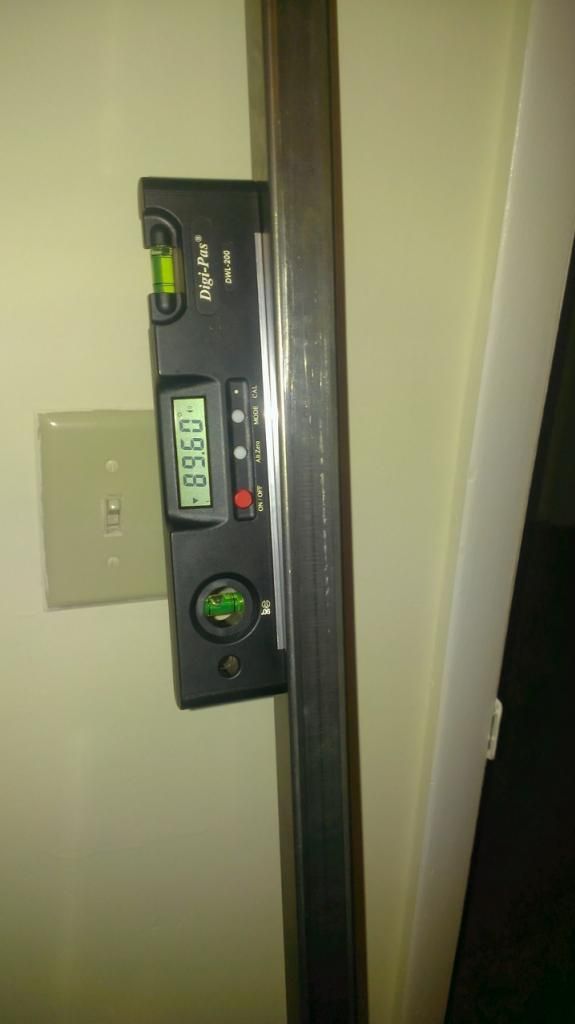
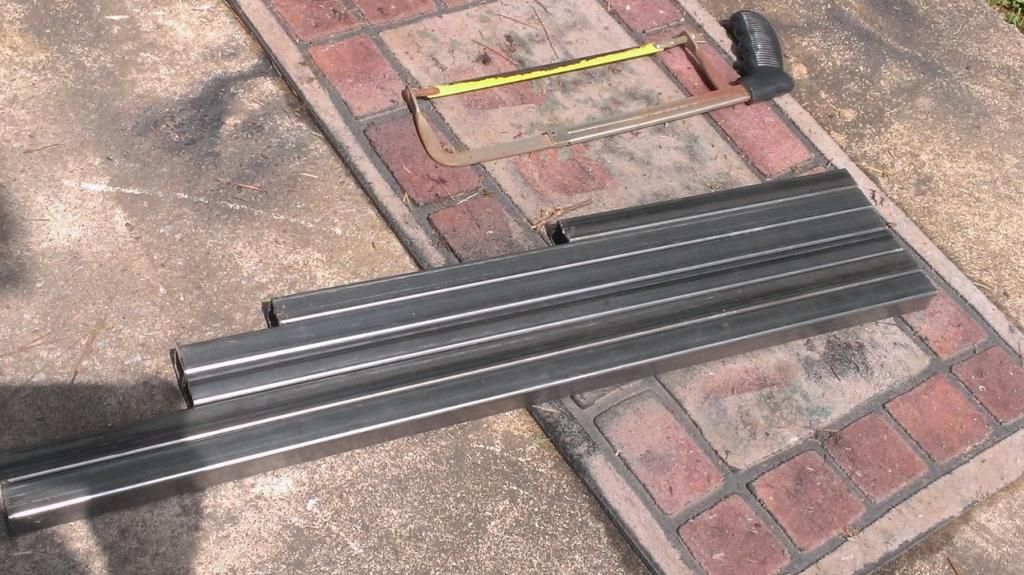
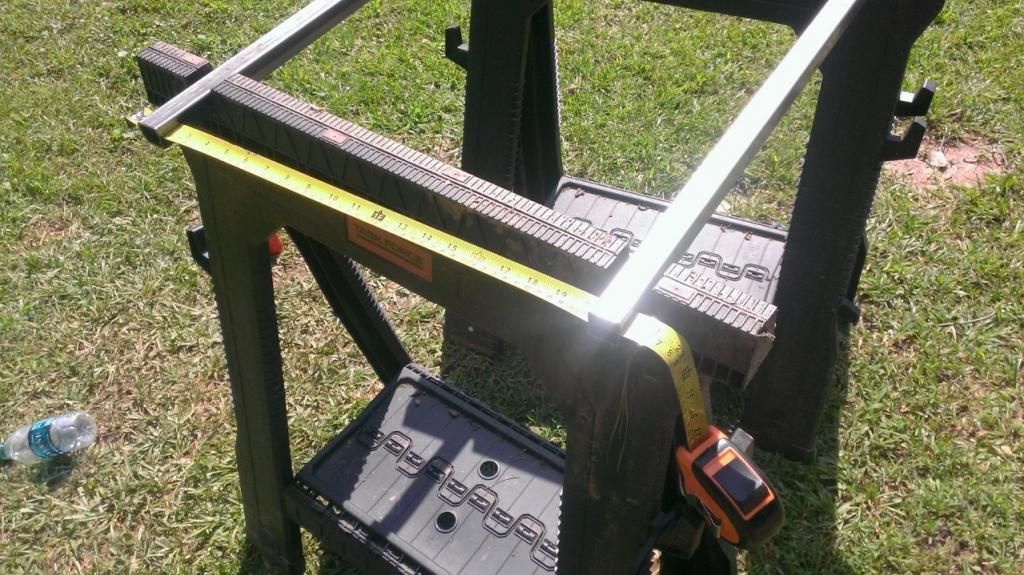
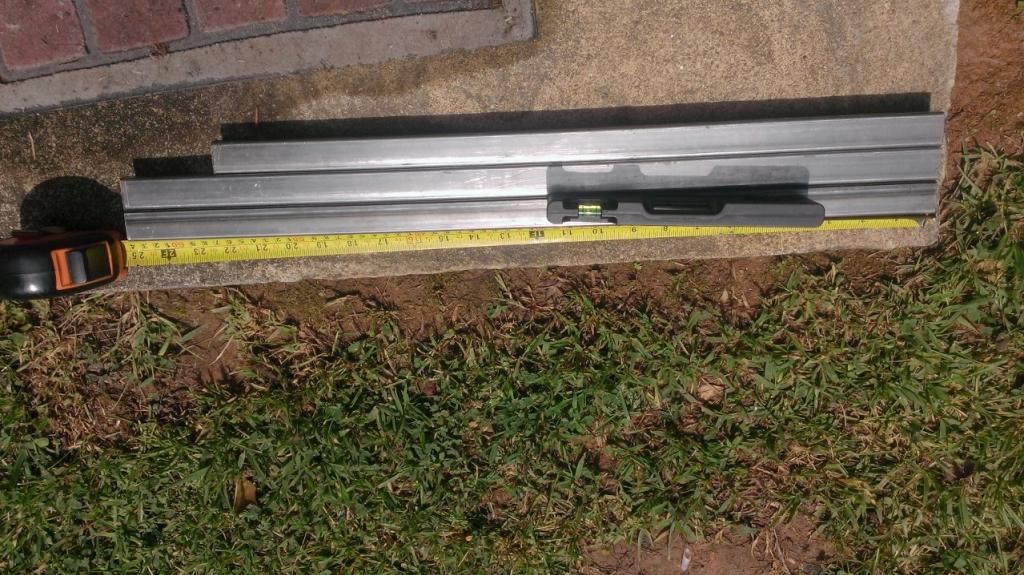
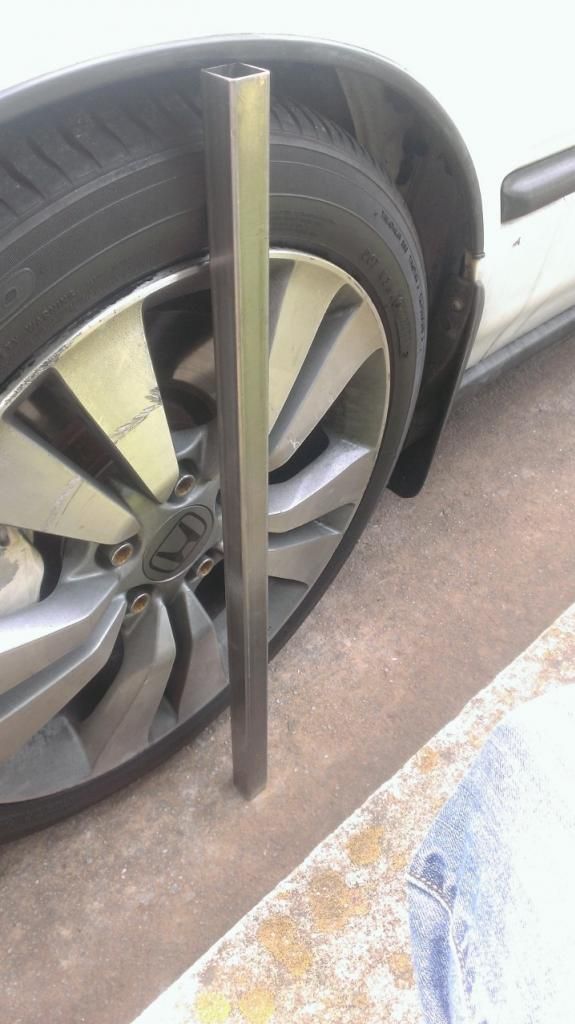
Curb rash was there when I bought these...
I used a hacksaw, oil, and a tape measure. I'm going to try to make this with basic tools that anyone will have access to. I haven't drill any holes yet.
The toe bars are 30"
The camber/caster bar is 25"
Other bars are scrap.





Curb rash was there when I bought these...


Comment